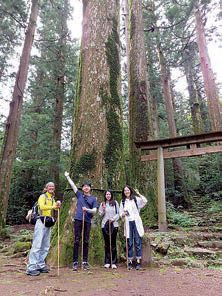Spring is moving season! People tend to throw away things and buy things around this time. We talked to the Kochi City Hall Environmental Policy Division about trash disposal in Kochi City.
How to dispose of large items
(*If you live somewhere other than Kochi City, trash disposal is different!)
①Large burnables (large wooden objects(beds, shelves, etc.), plastic storage cases, futons, etc.)
②Home appliances (microwaves, printers, hair dryers, etc.)
↓
Free of charge
Take out to the “recyclables and incombustibles station” on the designated day of the month.
or
Requires money
Take to a Kochi City facility on your own (Kochi City Nagahama for ①, Kochi City Ike for ②)
or
Have a company come pick it up.
③Items included in the Home Appliance Recycling Law (TVs, refrigerators, freezers, laundry machines, clothes dryers, air conditioners)
↓
These items cannot be disposed of at the “recyclables and incombustibles stations” or at Kochi City facilities.
↓
Requires money
Purchase a “home appliance recycle ticket” at the post office, and take to a designated facility.
or
Have a “Home Appliance Recycle Promotion Program Cooperating Store” come and take it.
④Computers
Have the manufacturer take it. (cannot be disposed at “recyclables and incombustibles stations” or Kochi City facilities. )
※ Details can be found on the “Kochi City household trash disposal” flyer. (Kochi City also has flyers in English and Chinese.)
Trash disposal rules are complicated! They differ depending on the city you live in as well. If you don’t understand how to dispose of trash, make sure to ask your neighbors, or consult with your local government office. Please ask KIA if you require an interpreter.
Buying used home electric appliances and furniture
We will introduce recycle shops in Kochi that sell used home appliances and furniture. You can buy for cheap when you want to save money. You can also sell items that you no longer need. These are our recommendations!
【BJ Recycle-Kan】Address:〒780-0084 7-29 Minamigoza, Kochi City
【Recycle Shop Horidashiya】Adress:〒781-5106 993-5 Kera Otsu, Kochi City
















